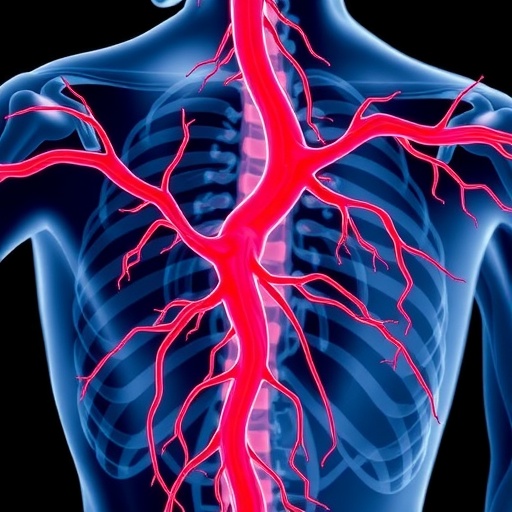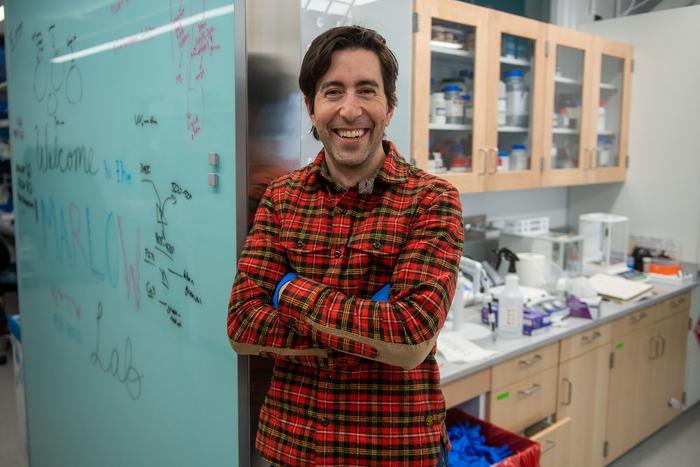Credit: University of Sussex
Researchers at the University of Sussex have created the fastest and most energy efficient simulation of part of a rat brain using off-the-shelf computer hardware.
Dr James Knight and Prof Thomas Nowotny from the University of Sussex’s School of Engineering and Informatics have beaten a top 50 supercomputer by running brain simulations using their own GeNN software and Graphics Processing Units (GPUs).
By developing faster and more efficient simulators, the academics hope to increase the level of understanding into brain function and, in particular, identify how damage to particular structures in neurons can lead to deficits in brain function. Faster, more advanced simulators could help improve understanding of neurological disorders by pinpointing the areas of the brain that cause epileptic seizures.
Improved simulators could also accelerate progress within the development of AI – the GeNN software is already being used at the University of Sussex to build autonomous robots including flying drones which can be controlled through simulated insect brains.
Prof Nowotny, Professor of Informatics at the University of Sussex, said: “Over the last three decades, computers have become drastically more powerful, largely due to our ability to fabricate computer chips with smaller and smaller components which, in turn, allows them to operate faster. This process has hit a wall and it has become much harder to build faster computers without employing radically different architectures. GPUs are one such architecture and our work shows that, in the near term, they are a competitive design for high performance computing and have the potential to make advances far beyond where CPUs have brought us to so far.”
The research involved using the team’s own GeNN software to implement and test two established computational neuroscience models; one of a cortical microcircuit consisting of eight populations of neurons and a balanced random network with spike-timing dependent plasticity – a process which has been shown to be fundamental to biological learning.
A single GPU was able to achieve processing speeds up to 10% faster than is currently possible using either a supercomputer or the SpiNNaker neuromorphic system, a custom-built machine developed as a part of the £1bn European Human Brain Project (HBP).
The University of Sussex team were also able to achieve energy savings of 10 times compared to either the SpiNNaker or supercomputer simulations.
Moving forward, the academics believe that the flexibility and power of GPUs means that they could play a key role in creating simulators capable of running models that begin to approach the complexity of the human brain.
Dr Knight, Research Fellow in Computer Science at the University of Sussex, said: “Although we’re a long way from having the understanding necessary to build models of the entire human brain, we’re approaching the point where the latest exascale supercomputers have the raw computing power that would be required to simulate them. Many of these systems rely on GPUs so we’re delighted with these latest results which show how well-suited GPUs are to brain simulations. Over the next year we are hoping to extend our work to a model 50 times larger of a monkey visual systems by using multiple, interconnected GPUs.”
Chris Emerson, head of Higher-Education and Research Sales in UK and Ireland at NVIDIA, said: “We are very impressed by the use of the NVIDIA AI compute platform for brain simulations spear-headed at the University of Sussex and are glad we are able to support research at the leading edge of computational neuroscience as well as AI.”
###
Media Contact
Neil Vowles
[email protected]
01-273-873-712
Related Journal Article
http://dx.





